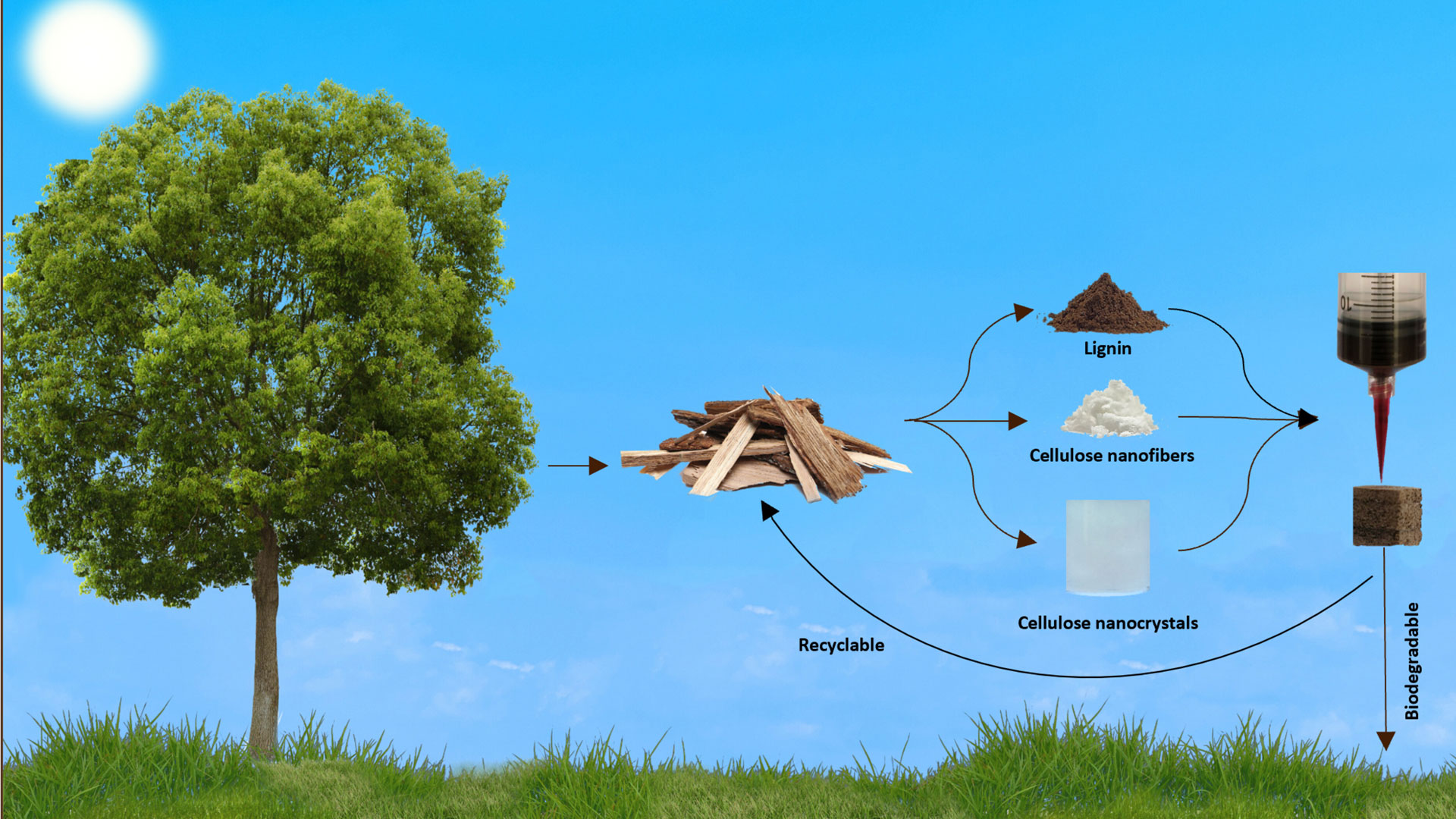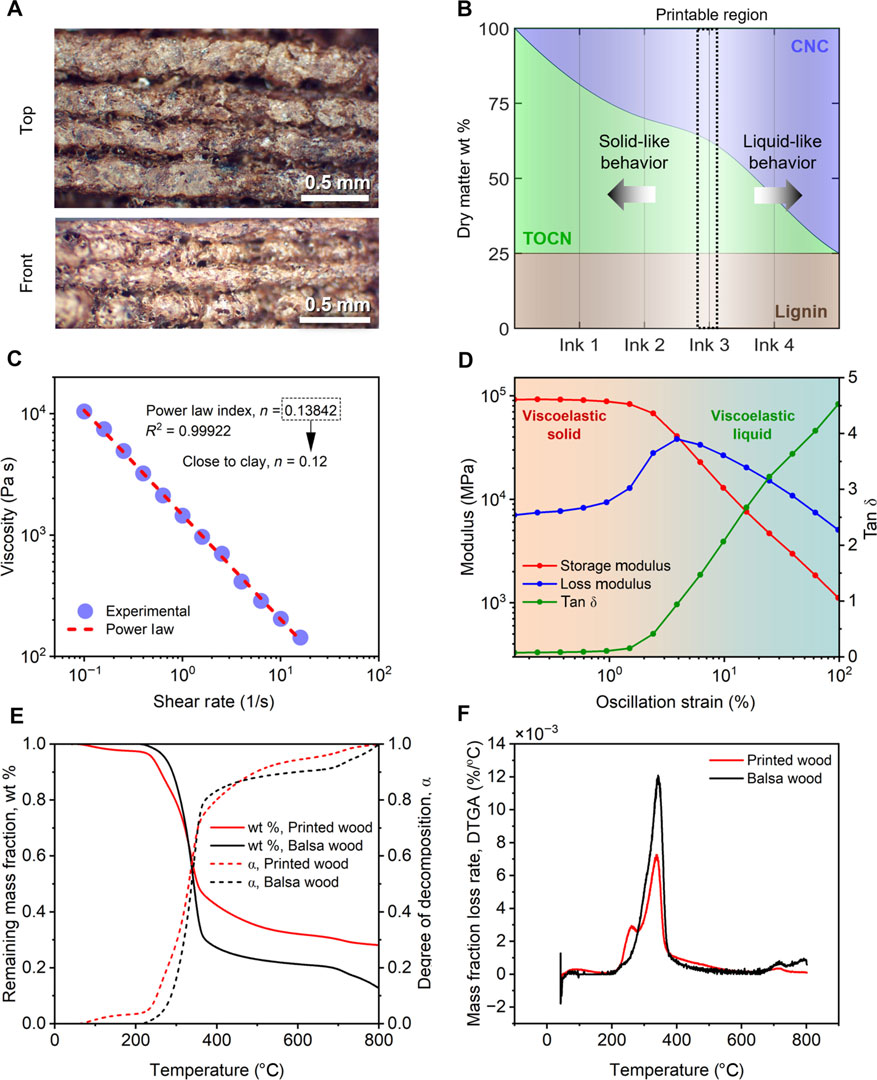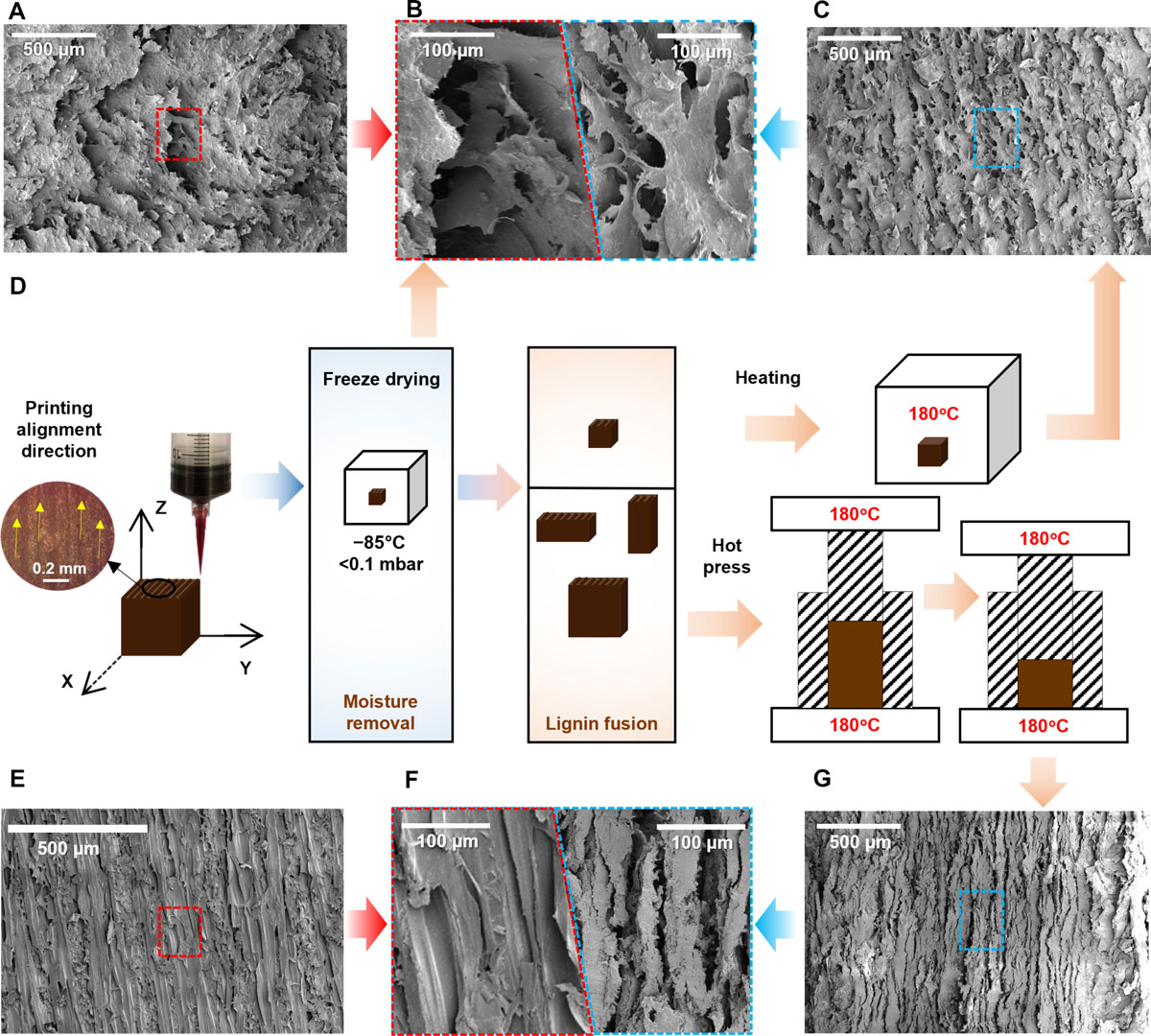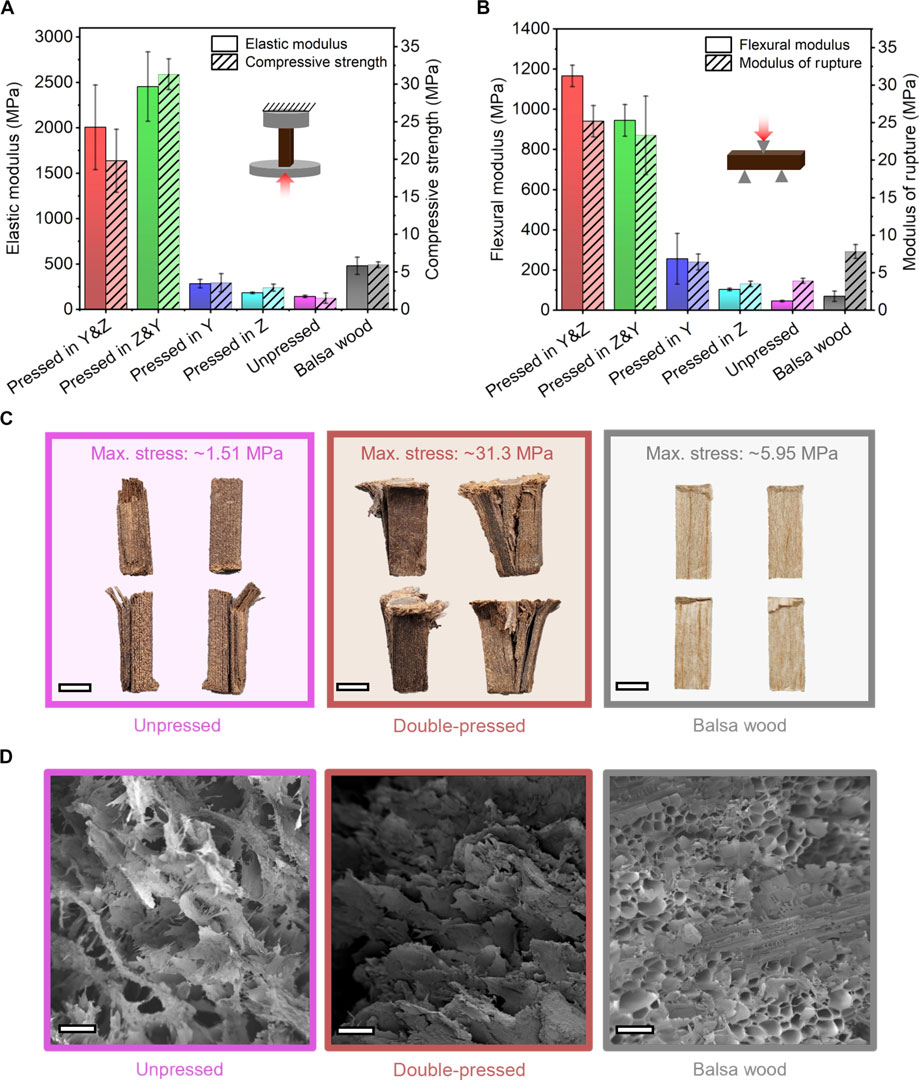
Researchers from Rice University and Oak Ridge National Laboratory have developed a new 3D printing technology that recycles wood waste material. According to the paper Three-dimensional printing of wood in Science Advances, the new methodology results in 3D printed objects with the texture, appearance, thermal stability, and smell of natural wood. Also, in contrast with some other 'wood' 3D printing filaments available today, the new material is simply a water-based ink made of lignin and cellulose, the primary building blocks of natural wood – no plastics here.
The researchers were inspired to develop their wood ink after pondering over the inefficiency of traditional carpentry. They still, however, were attracted to some of the defining qualities of wood – specifically its visual, textural, olfactory, and mechanical properties. They wanted to mix the latest manufacturing technology of 3D printing, or additive manufacturing, without losing the attractive qualities of wood in the process.
Entirely wood-based
Current wood filaments for 3D printers aren't up to scratch in this regard, being around 70% PLA. Pleasingly, the new 3D printing wood ink uses "entirely wood-based constituents and is devoid of any binder or foreign polymeric phase." No chemicals such as acetone are used in the waste wood processing either. Last but not least, using sawdust and wood scraps to make this wood ink uses the substantial waste created by traditional wood manufacturing processes.
To get an optimal wood ink that would work well using a 25-gauge nozzle under reasonable syringe pressure at ambient conditions, the researchers came up with the following mix: 25% by weight lignin (same as natural wood), a 37.5% by weight mix of cellulose nanofibers (CNFs) and cellulose nanocrystals (CNCs), and water. Apparently, the material handles a lot like clay and is just right for direct ink writing (DIW) style 3D printing.




Freeze and bake
The process of making the wood ink material and printing it may seem straightforward, and even logical, for those familiar with 3D printing. However, squirting the wood ink clay into a 3D shape is far from the end of the process. The researchers have outlined some specific freezing and heating steps required to deliver an optimal finished product.
First, the freezing step: printed samples were put under dry ice for 30 minutes, then freeze-dried at -85 degrees Celsius at 0.1-mbar pressure, for 48 hours. Heat treatment followed immediately after taking the samples out of the freeze, and placing them into a 180 degrees Celsius oven for 20 minutes. When objects required hot pressing, this step was added to the oven baking process – pressing the item for 10 minutes in the heat.
Sadly, after all the sustainable steps in making the wood ink, using natural materials, and no additives – the freezing and heating steps are notable for being rather energy-intensive. This part of the production process makes it all the more important to complete a thorough techno-economic and environmental analysis, before using this 'wood ink' for big projects.







